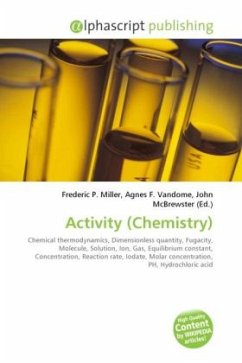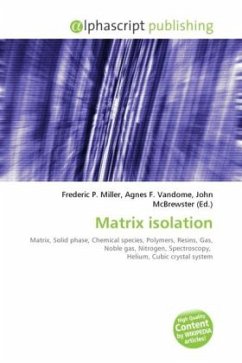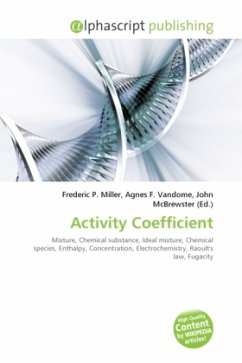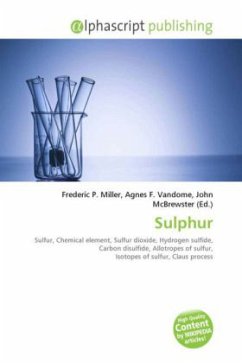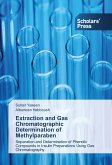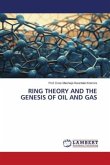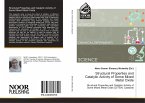In chemical thermodynamics activity (symbol: a) is a measure of the effective concentration of a species in a mixture. By convention, it is a dimensionless quantity. The activity of pure substances in condensed phases (solid or liquids) is normally taken as unity. Activity depends on temperature, pressure and composition of the mixture, among other things. For gases, the effective partial pressure is usually referred to as fugacity. The difference between activity and other measures of composition arises because molecules in non-ideal gases or solutions interact with each other, either to attract or to repel each other. The activity of an ion is particularly influenced by its surroundings. Activities should be used to define equilibrium constants but, in practice, concentrations are often used instead. The same is often true of equations for reaction rates. However, there are circumstances where the activity and the concentration are significantly different and, as such, it is not valid to approximate with concentrations where activities are required.

